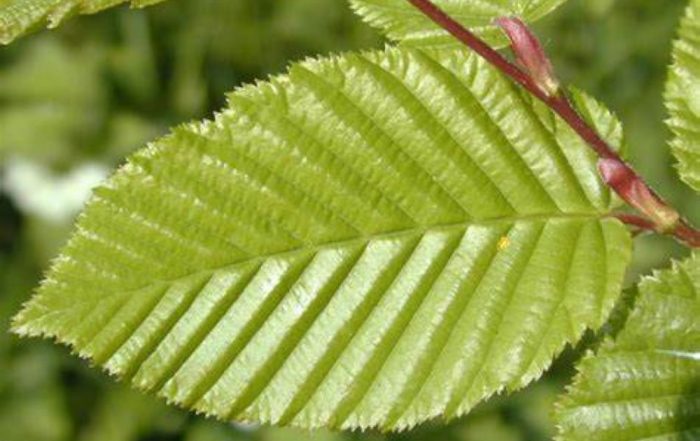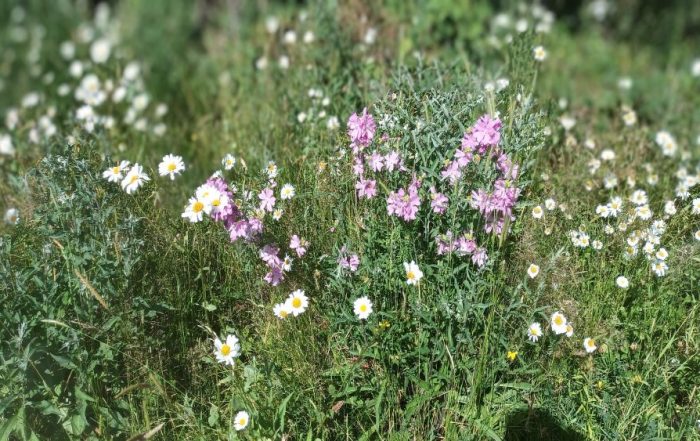Wildlife & Conservation
The CREOS Management Plan was unveiled in November 2018 at a presentation by the Director of Conservation at London Wildlife Trust, Mathew Frith, and their Conservation Ecologist, Mike Waller.
The plan contains an easy to use calendar of conservation and management activities, some of which will require professional tree work and all of which will improve biodiversity across CREOS. Here’s some background to the plan:
Ancient & Secondary Woodland
What’s the difference between an ancient and a secondary woodland? Well, if you were to enter CREOS from Queens Wood via the Woodland Walk the answer to that question is – about a metre, but in biodiversity terms the difference is vast.
The ancient oak and hornbeam of Queens Wood houses great biodiversity because it is structurally varied with trees of all ages making lots of different habitats for a huge variety of species. Large breaks in the mature oak canopy encourage a rich understory and ground flora, which in turn forms a nursery area for the mature trees of tomorrow.
Contrast this to the secondary woodland of CREOS. That is woodland that has developed on previously cleared ground. In the Crouch End Open Space we have a closed out canopy formed by evenly-aged trees that are, in places, very densely packed and tall because they have shot up together competing for sunlight, and beneath them, in the virtual perma-shade, very little variety.
Why Does This Matter?
Many people might expect that secondary woodland will become ancient woodland eventually with all the biodiversity improvements outlined above. Unfortunately this is not the case. Often secondary woodland fails. Trees of uniform age can all die off or get blown over together leaving a huge clearing which – you’ve guessed it, gradually becomes colonised in the exact same way as before. It may surprise you to learn that the major player in the creation of biodiverse ancient woodland has actually been human and animal activities. Back in the day, woodlands were a vital resource which were heavily used for multiple purposes: timber for building and fuel; vegetation and fodder for large herbivores and grazing animals.
Managing Secondary Woodland
Over centuries the effect of all this disturbance and activity was huge variation. Many woods today, like ours at CREOS, are untouched because the general perception of natural spaces is that they should be left alone. However, managing secondary woodland is actually the best way of ensuring the woodland survives and, in a happy coincidence, it also increases biodiversity. Whether it’s careful selective thinning to create significant gaps in the canopy promoting natural regeneration, or coppicing hazel (most usually) on a two to four year cycle to produce fantastic variation, woodland management techniques create mixed woodland with a varied structure and tree age, which positively affects biodiversity surprisingly quickly. As an example, the recent reintroduction of coppicing practices in nearby Coldfall Woods increased the number of ground flora species present from 48 to 156 in just one year.
Making A Difference
So, when you hear depressing news about dramatic declines in biodiversity and think ‘well I can’t do anything about that’ – think again! Being a CREOS member, making a donation, or turning up to volunteer on a work day, means more woodland management tasks can be done. Spreading the word about the benefits of woodland management, especially for improving biodiversity in secondary woodland, means that more local people will get to understand that a spot of pruning can bring woodland wildlife flooding in – a very positive thing for us all.
Latest Wildlife & Biodiversity Posts
The scourge of Japanese Knotweed
There has been a persistent problem with Japanese knotweed (Fallopia japonica) in the CREOS area. It is pleasing to report that this is now well on the way to eradication.
In Praise of Hornbeams
The hornbeam is one of the most versatile British trees. Freestanding mature specimens, with their characteristic conical crowns, have considerable amenity value, whilst the wood, the hardest of any tree in Europe, provides valuable timber for furniture.
Snowfall
The night of December 11th saw our first snowfall of the winter, and the cold temperature meant that the snow stayed on the ground for a week.
The CREOS Wildflower Meadow
Three years ago we established an experimental wildflower meadow along the western edge of the school playing field. Now the meadow is established and continues to bloom in the summer, providing colour as well as attracting bees and butterflies, and of course local passers-by.
CREOS Conservation Management Plan
London Wildlife Trust (hereafter referred to as ‘the Trust’) was commissioned by Crouch End Open Space (“CREOS”) to provide a conservation management plan for CREOS Woodland Walks (“CREOS WW”). CREOS WW is situated in Crouch End, London Borough of Haringey (National Grid Reference: TQ 291 885), running from Queen’s Wood at its western extremity, along the northern border of Shepherd’s Hill Allotments and north to the edge of Highgate
Wood School and Crouch End Playing Fields. The site broadly covers an area of 3.4 hectares.
The site has had a varied history of ownership, management and local interest dating back over 1,100 years. The Haringey Biodiversity Action Plan 20091 was examined to assess the importance of the site in terms of the presence of borough priority habitats and species. CREOS WW is an important green corridor as an extension to Queen’s and Highgate woods, connecting both woodlands to Crouch End playing fields and the many gardens which back onto the site. At the broader landscape scale, the amalgamated area of these sites forms an important ‘stepping stone’ across North London between the regionally important green spaces of Hampstead Heath (to the south-west) and Alexandra Park (to the north-east). The information that has been provided is in accordance with the Chartered Institute of Ecology & Environmental Management code of professional conduct (CIEEM)2 . This report was written by Mike Waller, a conservation ecologist, who is a member of CIEEM and with several years’ experience working in ecological assessment. Mathew Frith, director of conservation, who is a full member of CIEEM, has reviewed this document for quality assurance purposes.
The report is split into four parts. The desktop study, site assessment and evaluation make up the first three parts. The fourth part comprises a proposed management plan for the site.
Desktop study
This section includes relevant species and site designation information selected from a data search requested from Greenspace Information for Greater London (GiGL). Relevant information from the Haringey Biodiversity Action Plan is also outlined.
Site Assessment
This section includes record existing habitats and features of ecological value and undertake an assessment of the potential presence of protected species and notifiable species.
Evaluation
This section provides an evaluation of the ecological value of the site based on the results of the desk study and site assessment. Recommendations are given based on the ecological value of the site, and the potential for the site to support protected or noteworthy species.
Conservation
Based on the ecological value of the site and its features, a summary of the management tasks will be classified into three parts: Conserve, enhance, and recreate, depending on the ecological feature or part of the site. This section includes a summary of the aims and objectives of the conservation management plan and the proposed management tasks to
achieve them.








